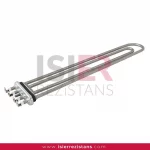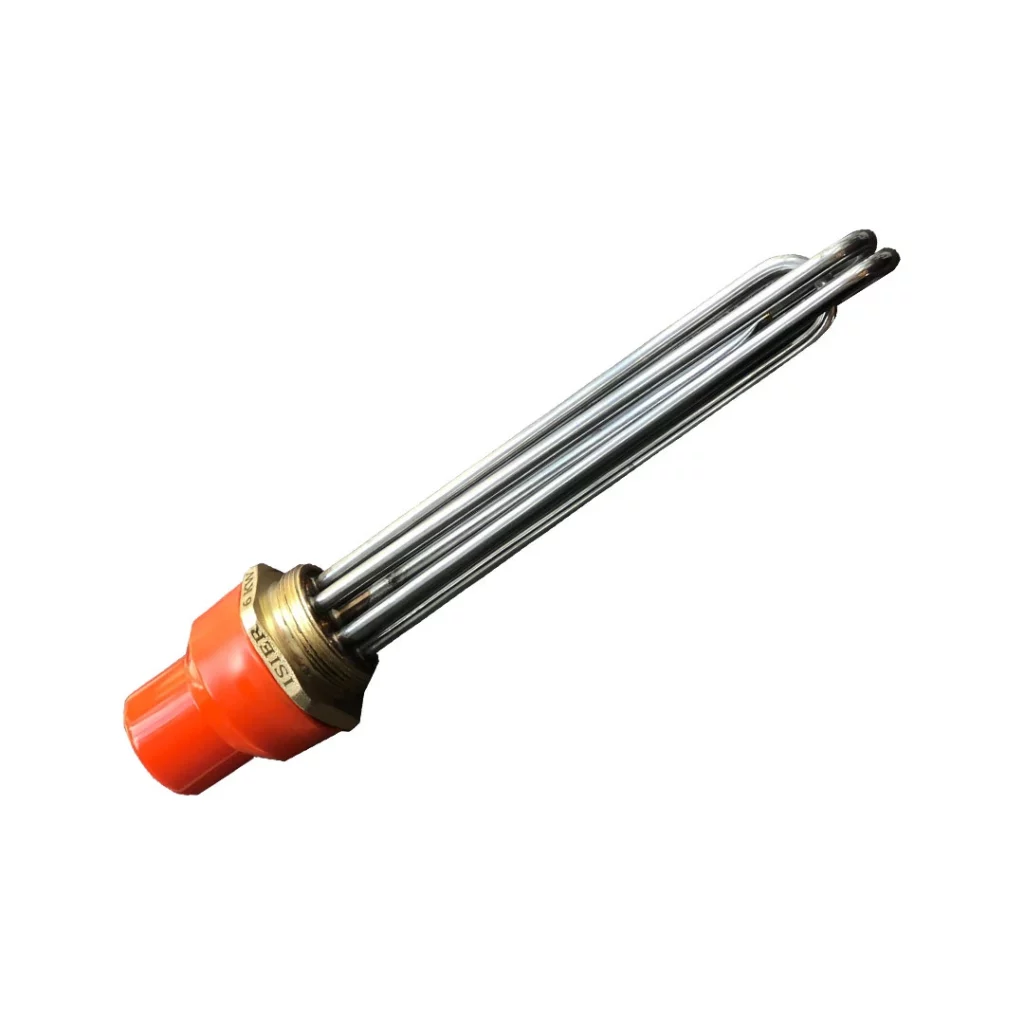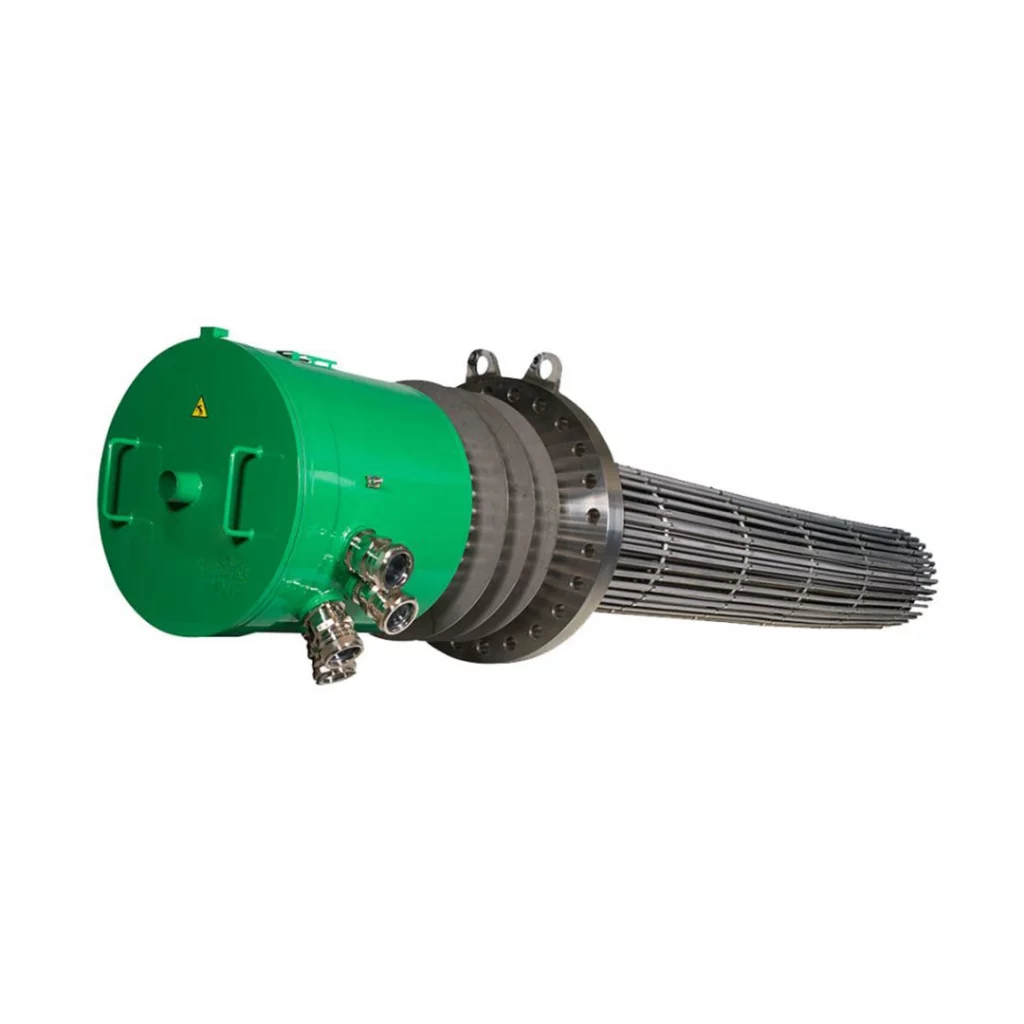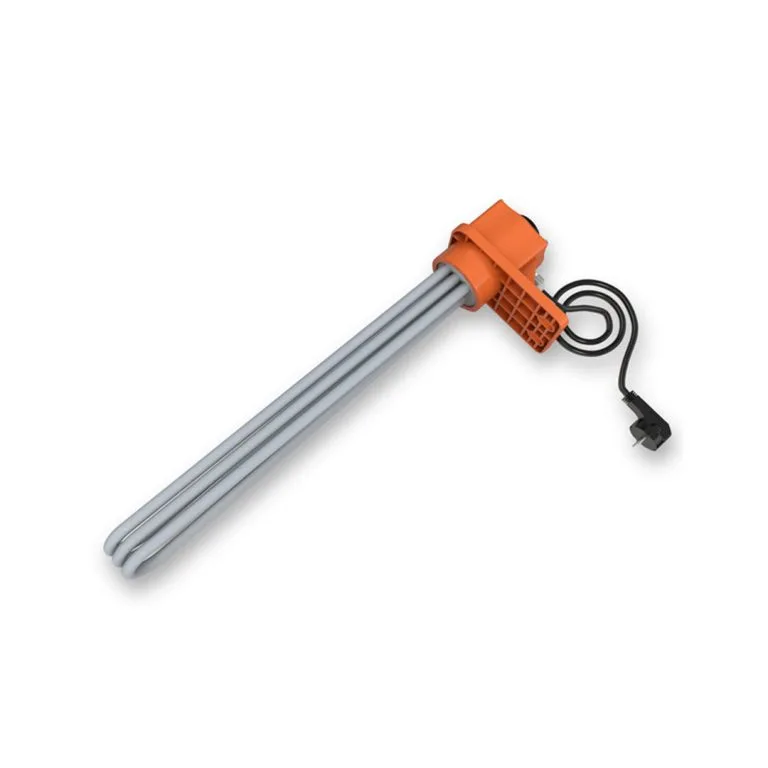Where is Heaters Used in Kitchen and Home Appliances?
Heaters are important components commonly used to generate or control heat in kitchen and household appliances. Their common applications include:
Ovens: Electric ovens produce heat through the heaters located inside them. Heaters heat the air or surface inside the oven, ensuring that the food is cooked.
Stovetops: Electric stoves feature heaters located either beneath or above the stove plates. These heaters provide direct heat to pots or pans, allowing food to cook.
Water Heaters: Electric water heaters heat water through the heaters inside them, enabling the production of hot water.
Irons: Heaters are found in steam irons and some other types of irons to flatten fabrics and generate steam.
Washing Machines and Dishwashers: Heaters are used in these machines to produce hot water and heat the water when needed.
Heaters are typically made of high-temperature resistant metal alloys and convert electrical energy into heat energy. Thanks to these properties, they are used safely and effectively in various household appliances.
Our Products
Your Solution Partner for All Your Resistance Needs
The Importance of Heating in Kitchen and Home Appliances
“Heaters play a critical role in generating and controlling heat in kitchen and household appliances. They provide the necessary heat for processes such as cooking food, heating water, and ironing fabrics, which are essential for ensuring the functionality of kitchen and household appliances.
Cooking and Preparation Processes: Ovens, stovetops, water heaters, and similar devices rely on heaters to provide the required heat. It is essential to maintain the correct temperature for cooking food properly, preserving its flavor, texture, and nutritional value. Heaters assist in ensuring this process occurs successfully.
Energy Efficiency: Modern heater technology enhances energy efficiency, resulting in less energy consumption by electric kitchen and household appliances. More efficient heaters consume less electricity, thereby reducing energy costs.
Ease of Use and Safety: Heaters used in electric household appliances are generally easy to use and safe. Well-designed and installed heaters enable users to operate their devices safely.
Functionality and Versatility: Heaters can be used for various functions in different kitchen and household appliances. This allows for more efficient execution of various tasks in the kitchen and home and provides users with a wide range of functionality.”
Technical Specifications of Heating in Kitchen and Home Appliances
“Material: Heaters are typically made of high-resistance materials such as nickel-chromium alloys or iron-chromium alloys. These materials are resistant to high temperatures and suitable for long-term use.
Resistance Value: The resistance of a heater refers to its opposition to the passage of electric current and is usually measured in ohms.
Power: The heat provided by a heater is directly related to its power consumption. Power is typically expressed in watts. Higher power results in faster heating but increases energy consumption and cost.
Size and Shape: The size and shape of heaters vary depending on the design of the device and heating requirements. Some may be tubular, while others may be flat plate-shaped.
Voltage: The voltage at which a heater operates depends on the electrical circuit it is connected to. Standard household electrical systems typically operate at 110V or 220V voltage.
Application: Heaters have different designs for different applications. For example, an oven heater must be resistant to high temperatures, while a water heater heater may operate at lower temperatures.
These characteristics may vary depending on how heaters are to be used in specific kitchen or household appliances. Therefore, the requirements of a particular device should be considered when selecting the most suitable heater.”
Things to Consider When Choosing a Heater for Kitchen and Home Appliances
Compatibility: It is important for the heater to be compatible with the device it will be used in. For example, the heater selected for an oven must be suitable for the oven’s size and power.
Material Quality: The quality of the material used in the construction of the heater determines its durability and longevity. High-quality materials should be preferred, such as nickel-chromium alloy.
Power Rating: The power provided by the heater must be suitable for the requirements of the device it will be used in. Power is typically expressed in watts and should be determined based on the heating needs of the device.
Application Area: The environment and purpose in which the heater will be used should be considered. For example, heaters used in water heaters must be resistant to water.
Safety Features: It is important for the heater to have safety features that automatically cut off the circuit in case of overheating. These features prevent potential hazards such as fire or overheating.
Warranty and Service: It is important for the brand from which you purchase the heater to offer good warranty and service support. There should be an easily accessible service network in case any issues arise with the product.
Ease of Installation: The heater should be easy to install and, if it needs to be placed inside a device, it should be of the appropriate size.
These factors are important considerations for selecting the right heater for kitchen and household appliances.





























